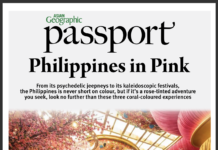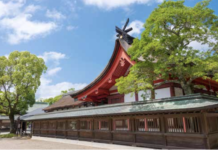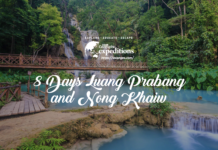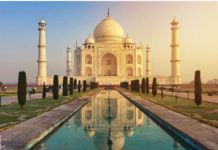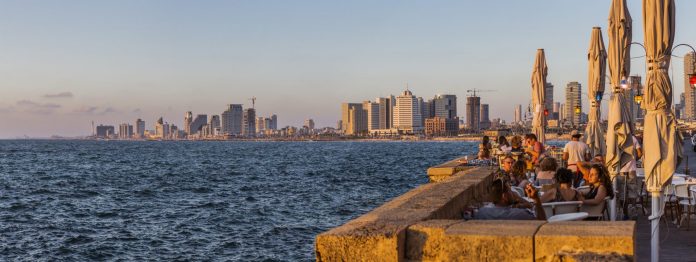
Tales of Tel Aviv
Text Liron Shimoni
My grandparents from both sides arrived in Israel on an immigrant ship from Bulgaria in 1964, and for them, as for many other European Jews, it was a dream come true, a state where they could finally feel safe and not hide who they were. They set up home in the southern region of Tel Aviv, near Jaffa, where the Israeli government relocated the new civilians from Eastern Europe and North Africa.
My grandparents bought a two-room apartment with thin walls where they could clearly hear the conversations of their neighbours. The mixture of people from Bulgaria, Romania and Hungary, Yemen, Morocco, Libya and other countries was complicated, but they had no other choice.
I was the second of two sons to join the family. I had a wonderful childhood with lots of friends from different cultural backgrounds, each family I visited having its own language, flavours and smells, and I was happy to be exposed to different traditions. There’s no doubt that the cultural mixture I grew up in is one of the reasons why I am so interested in the world’s cultures, and why I ended up doing a masters in visual anthropology. In the afternoons, a friend and I would go to the beach or walk around the port, watching the fishermen preparing their boats for a long night out at sea.
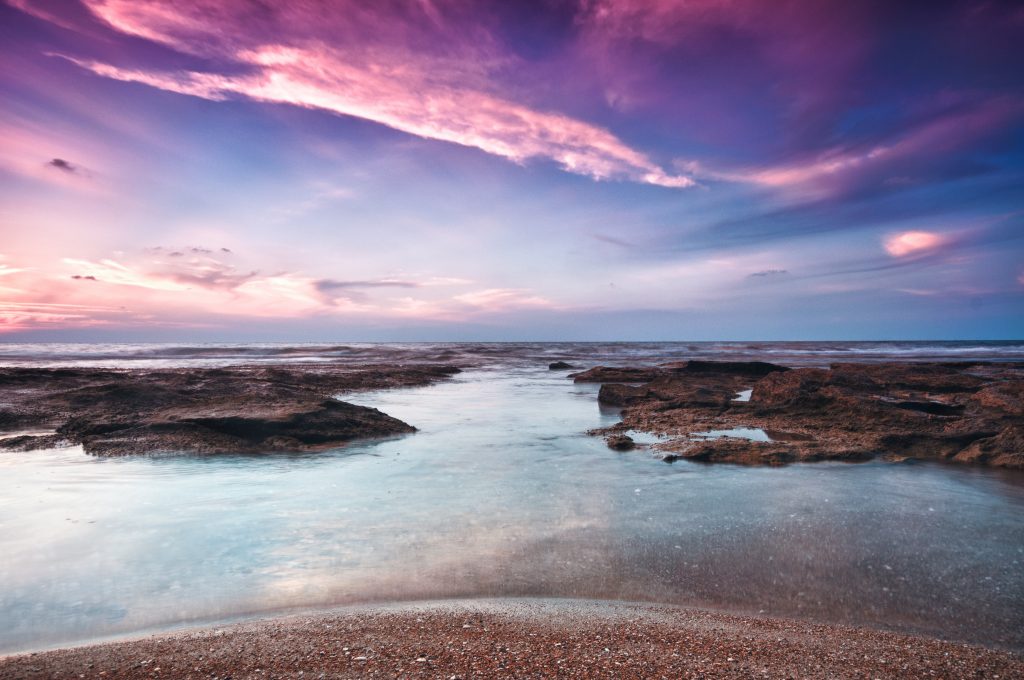
When I was 16, I preferred spending my days on the beach rather than in school, and I especially looked forward to Friday evenings, when we, the youngsters of the neighbourhood, gathered on a hidden strip of the beach, played the drums and danced till sunset.
This little sandy beach, now called the Drums Beach, was truly a sight to behold. It was here that I used my simple camera – a gift from my father – to take my first pictures, documenting the characters surrounding my childhood; some were regular folks, while others where visitors passing through. Drums Beach is, as well, the place where I learnt one of the most important skills in photo documentary – how to assimilate into the crowd, observe and become “invisible”.
One of the places where I still like visiting that has maintained some of its authenticity is Jaffa Port. Living on the stitch between the Jewish city of Tel Aviv and the Muslim city of Jaffa, I got to visit this wonderful port many times, and I was amazed to discover that this was one of the first ports to be established in the Mediterranean Sea. Twelve narrow alleys lead to the port, and each one of them is named after a different zodiac sign. An old belief says that he who finds his sign, runs up and down the alley three times and makes a wish, will see it come true.
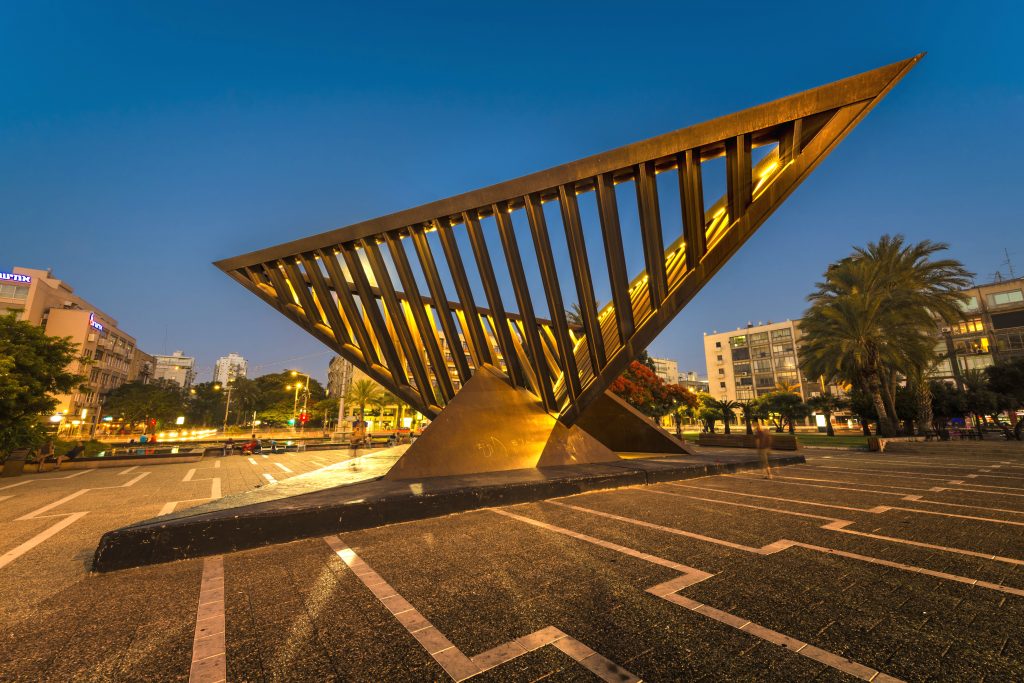
At the port, Arab fishermen can still be seen selling their merchandise or repairing their fishing nets while smoking sweet tobacco with a narghile, a Turkish water pipe that found its way to Israel in the 16th century while it was still part of the Ottoman Empire. I clearly remember as a child being charmed by the Arabs’ simple and fascinating culture – and I still am today.
Not far from the port stands the Abu Hasan restaurant, known mainly to the locals. It serves only one dish – traditional humus. For many years, the owner of the place used to sell humus on a mobile wagon in the streets and in 1959, he decided to open a small restaurant on a hill that faced the sea. Dining in Abu Hasan is not only a culinary experience, but a cultural one as well. Because of the lack of space, all the diners sit next to each other at the same table, making it a typical Israeli social gathering – noisy, sarcastic and funny. The restaurant has no official operating hours; it opens at eight o’clock in the morning and closes when they run out of humus.
On Jerusalem Avenue, in front of the Noga Theatre, there is a small but superb restaurant run by the Guetta family that maintains an old traditional Tripolitan Jew kitchen. Their secret recipes have been kept in the family for generations, and thanks to Leah, the mother and the heart of the place, the diners can partake in a delicious stew, couscous and other Tripolitan dishes that have been enjoyed for decades.
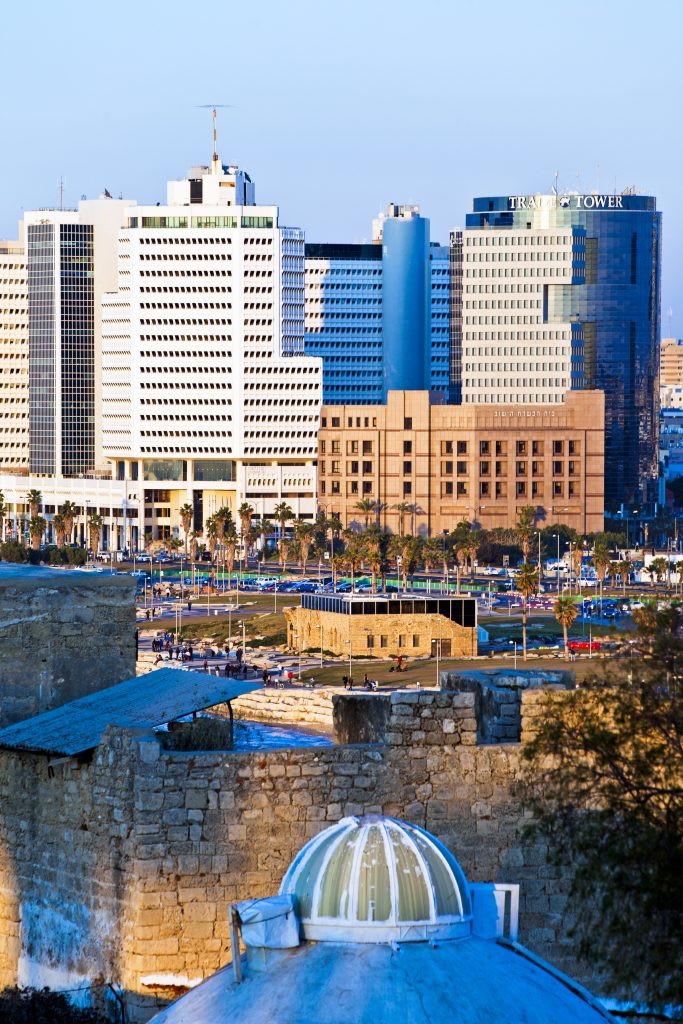
Pasha is a culinary corner that specialises in authentic Turkish and Mediterranean cooking. It is located right in the heart of the lively urban centre of Tel Aviv and offers a colourful atmosphere and a great variety of starters, such as Arab salads, Moroccan sambusak, stuffed vine leaves, and soups in winter. Among the main courses, you will find Turkish kebabs, lamb kebabs and chops, a large selection of fish, and more.
One of Tel Aviv’s elements that has always drawn my attention is the Bauhaus architecture, introduced to the city by German-Jewish architects, that gives the city its name, “The White City”. This unique architecture and design is characterised by asymmetry, compositions of primary volumes (cubic and rounded), ribbon windows, pilots, “thermometer” windows, balconies, roof terraces, and plays of shadow and light. Some of these elements are also important in my work as
a photographer.
In September 1892, the first railway in Israel was established in Tel Aviv and was inaugurated in the presence of an emissary of the Turkish Sultan and the governor of the Jerusalem district. In the 1920s, the Wieland family founded a building materials factory near the station and settled there, establishing a family home known as, “Villa Wieland”.
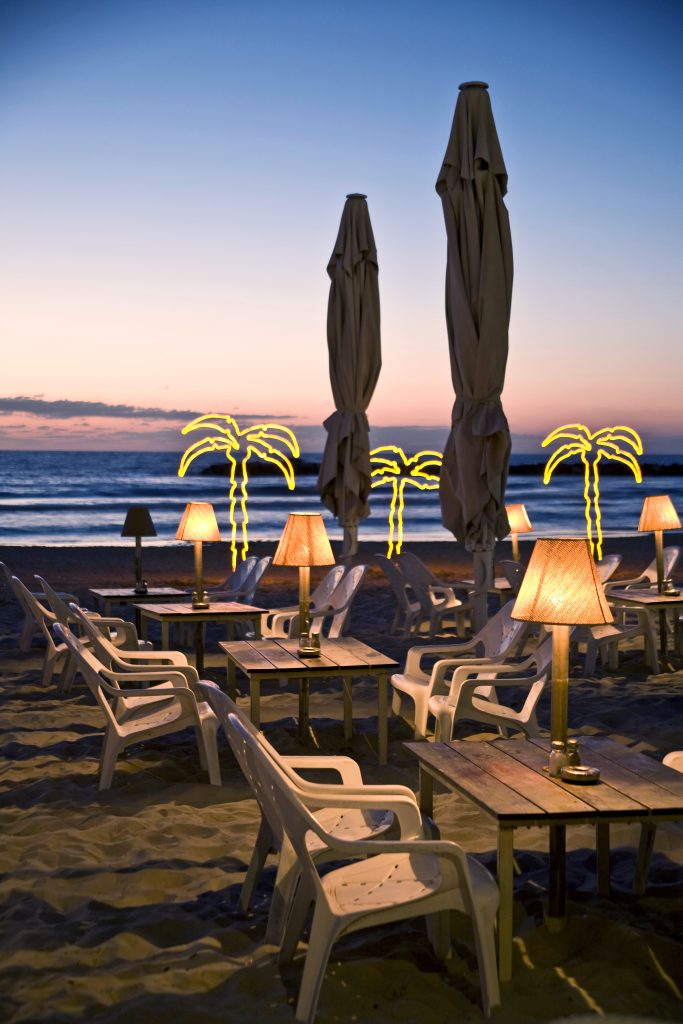
On the eve of the war of Israeli independence, the place was abandoned and hidden for many years, used as an imaginary playground for children and a love nest for young couples, until it found use as a military base. In 2000, the mayor approved a plan to restore the historical site and now, it is a complex for restaurants, cafés and art galleries.
Today, Tel Aviv is a very different city to the one I grew up in. Many of its original inhabitants left, and in their place, youth people from around the country settled in, bringing new life to the city. The city embraces and integrates anyone, and creates a unique experience of a “non-stop city”. Despite all the changes, Tel Aviv will always be the city where I grew up. Each tree and each stone are part of my childhood memories and for me, it will always be a source of inspiration.
For more stunning stories and photographs from this issue, check out Asian Geographic Issue 112.



